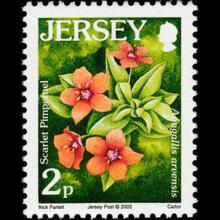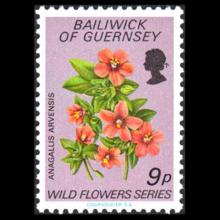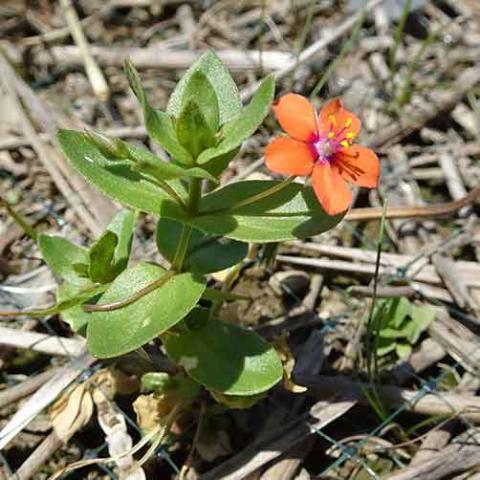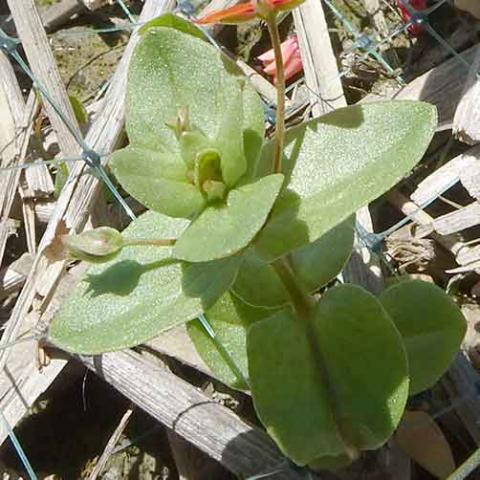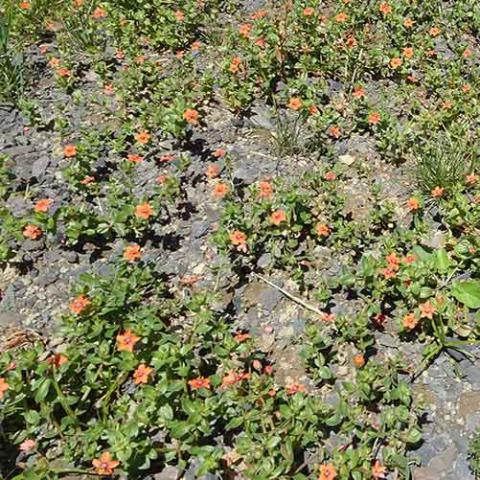NAME(S)
TAXONOMY
PLANTAE ID
THERAPEUTIC
Jersey
Issued:
Stamp:
Anagallis arvensis
Bailiwick of Guernsey
Issued:
Stamp:
Anagallis arvensis
Jersey
Issued:
Stamp:
Anagallis arvensis
Bailiwick of Guernsey
Issued:
Stamp:
Anagallis arvensis
Jersey
Issued:
Stamp:
Anagallis arvensis
Bailiwick of Guernsey
Issued:
Stamp:
Anagallis arvensis
Under the microscope with the big winners of Nikon’s annual Small World Photomicography contest (excerpt)
by Nicole Crowder, Photo editor, In Sight Oct. 30, 2014
Anagallis arvensis (scarlet pimpernel) (80x) Macroscopy. (Jens H. Petersen)
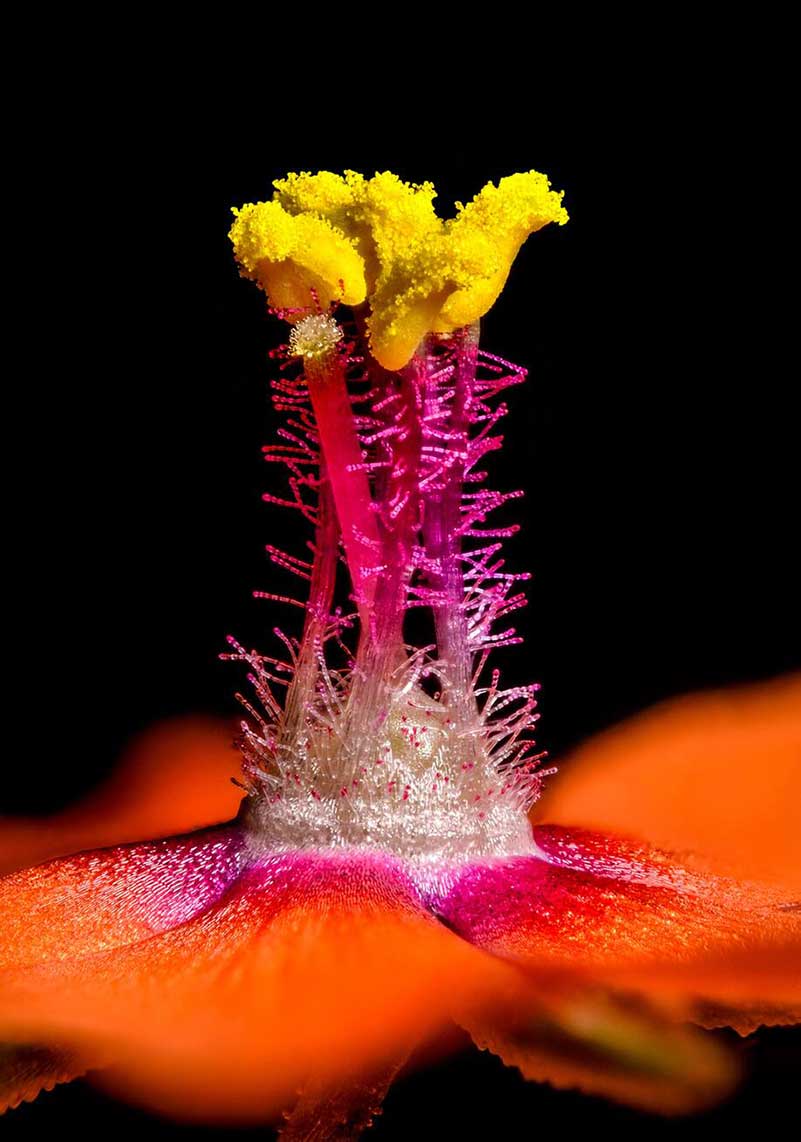
Reference: washingtonpost.com
Genus species (Plantae): Anagallis arvensis
Anagallis arvensis or Lysimachia arvensis, commonly known as scarlet pimpernel, blue-scarlet pimpernel, red pimpernel, red chickweed, poor man's barometer, poor man's weather-glass, shepherd's weather glass or shepherd's clock, is a low-growing annual plant with brightly colored flowers, most often scarlet but also bright blue and sometimes pink. The native range of the species is Europe and Western Asia and North Africa. The species has been distributed widely by humans, either deliberately as an ornamental flower or accidentally. A. arvensis is now naturalized almost worldwide, with a range that encompasses the Americas, Central and East Asia, the Indian Subcontinent, Malesia, the Pacific Islands, Australasia and Southern Africa.
Traditionally included in the family Primulaceae, the genus Anagallis was placed in the family Myrsinaceae until that family in turn was included in Primulaceae in the APG III system. The genus Anagallis is included in Lysimachia by some authors.
This common European plant is generally considered a weed and is an indicator of light soils, though it grows opportunistically in clayey soils as well. The origin of the name pimpernel comes from pympernele [1400–50]; late Middle English, derived from Middle French pimprenelle, Old French piprenelle; Vulgar Latin *piperīnella= Latin piper pepper + -īn- -ine + -ella diminutive suffix.
The flower serves as the emblem of the fictional hero the Scarlet Pimpernel.
Description
When found as a summer annual, the scarlet pimpernel has a low-growing creeping habit, but as a winter annual, it forms a half-rosette with an upright stem. It has weak sprawling stems with square cross-section growing to about 5–30 cm (2–12 in) long. They bear bright green, soft, ovate sessile leaves in opposite pairs. The orange, red or blue, radially symmetric flowers, about 10–15 mm (0.4–0.6 in) in diameter, are produced singly in the leaf axils from spring to autumn. The petal margins are somewhat crenate and have small glandular hairs. The stamens have lollipop hairs and therefore attract a variety of pollinators, especially flies, but the flowers are also capable of autopollination. The dehiscent capsule fruits ripen from August to October in the northern hemisphere. The weight of the fruiting body bends the stem, and the seeds are transported by the wind or rain. Blue-flowered plants (A. arvensis Forma azurea) are common in some areas, such as the Mediterranean region, and should not be confused with the related blue pimpernel, Anagallis foemina, sometimes Anagalis arvensis ssp. foemina. In 2007, a molecular phylogenetic study showed that Anagallis foemina is more closely related to Anagallis monelli than to Anagallis arvensis, and should be treated as a separate species. The taxonomy has however not yet been resolved and various authorities propose either the subspecies Anagallis arvensis subsp. foemina (Mill.) Schinz & Thell, or the species Anagallis foemina Mill. The plant has a diploid chromosome count of 2n=40.
Scarlet pimpernel flowers open only when the sun shines, and even close in overcast conditions. This habit leads to names such as "shepherd's weather glass". It has recently started to occur along the verges of salted roads, creating a broad red band along the roadside.
Scarlet pimpernel has a wide variety of flower colors. The petals of the type arvensis are bright red to minium-colored; carnea is deep peach, lilacina is lilac; pallida is white; and azurea is blue. The blue form can be difficult to distinguish from A. foemina, but the petal margins are diagnostic: whereas foemina has clearly irregular petal margins with only 5 to 15 glandular hairs, A. arvensis f. azurea has 50 to 70 hairs on only slightly irregular margins.

